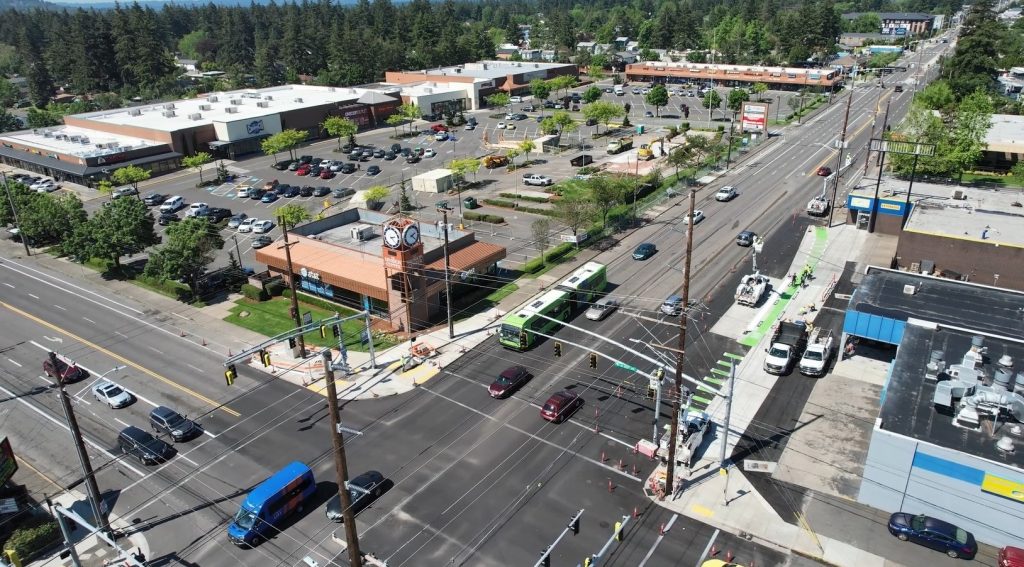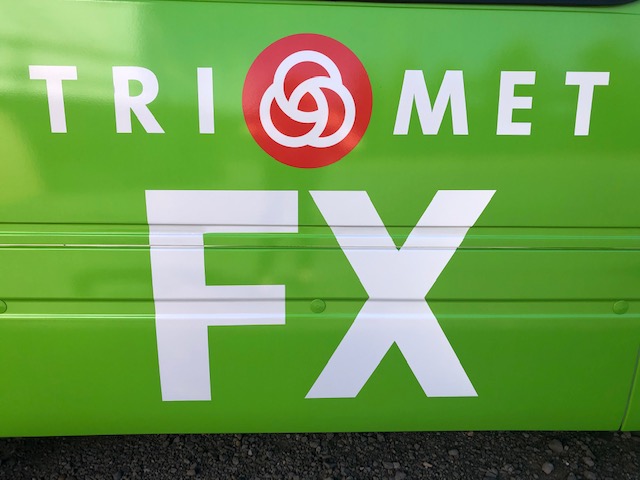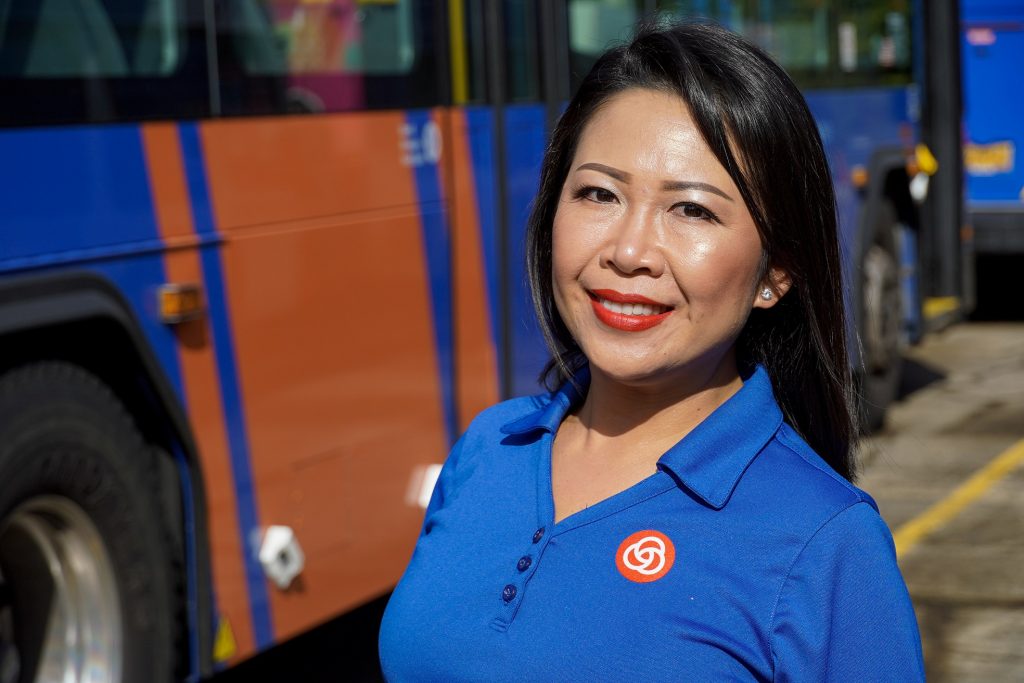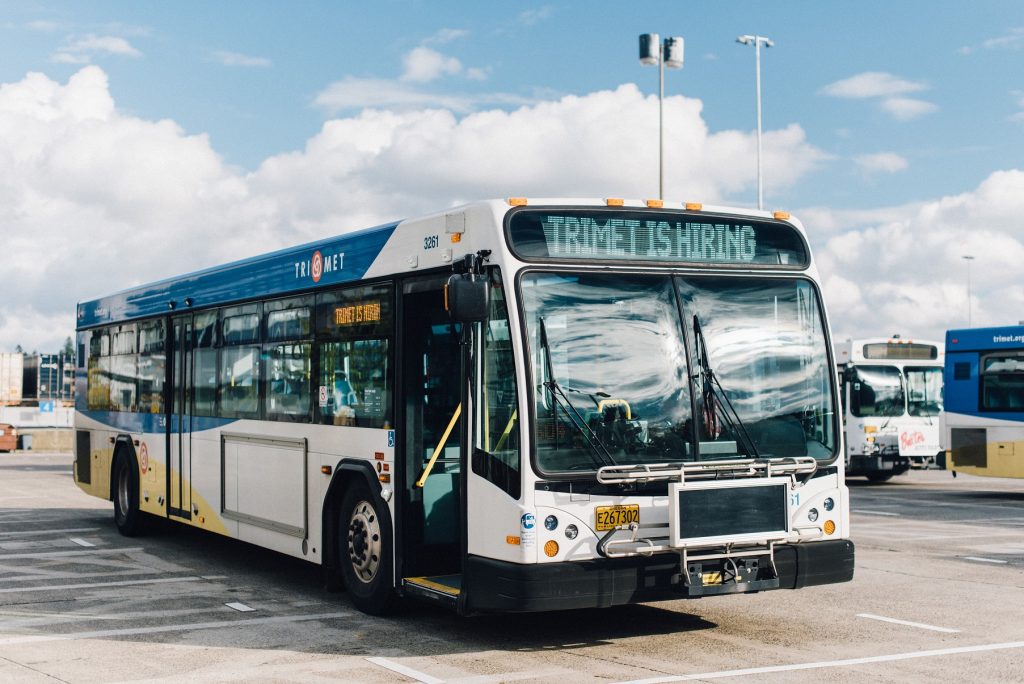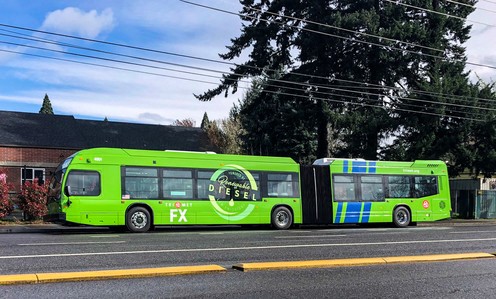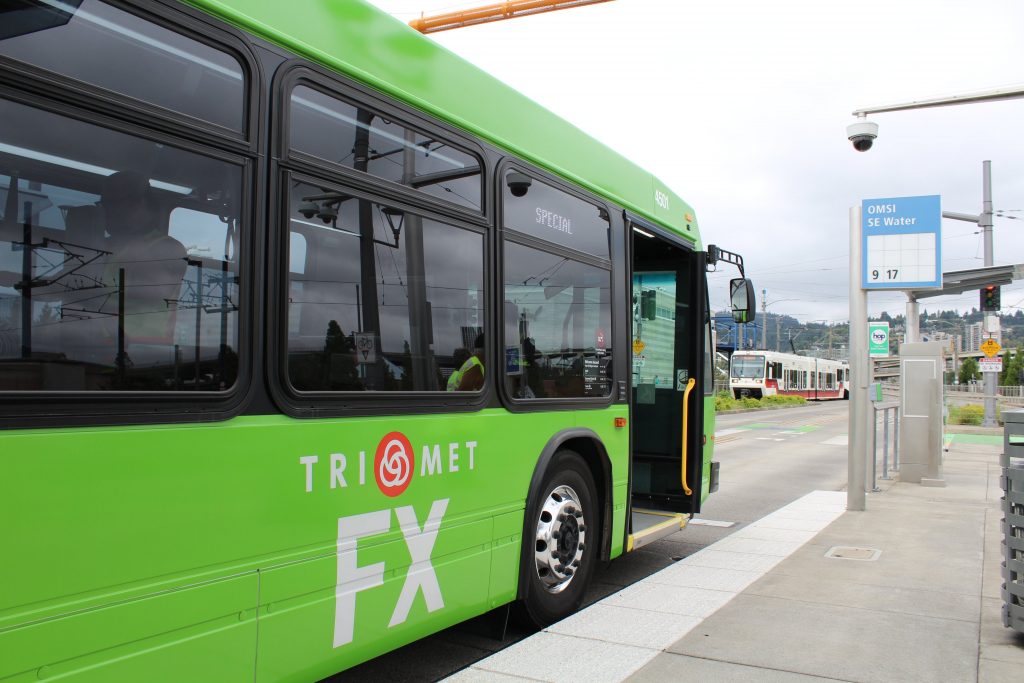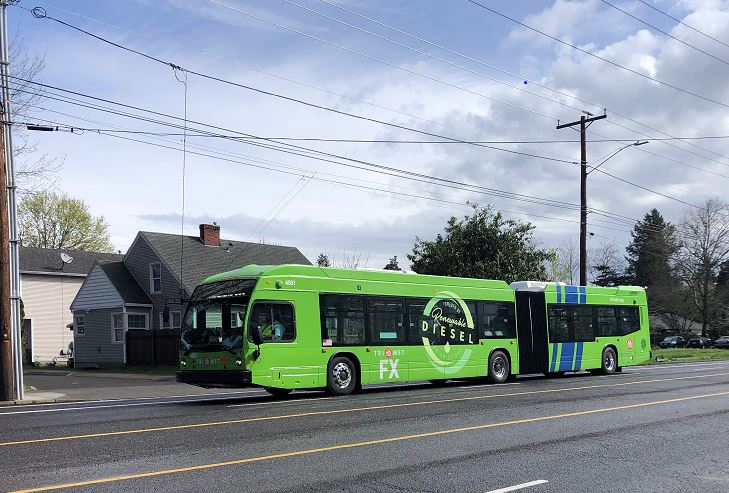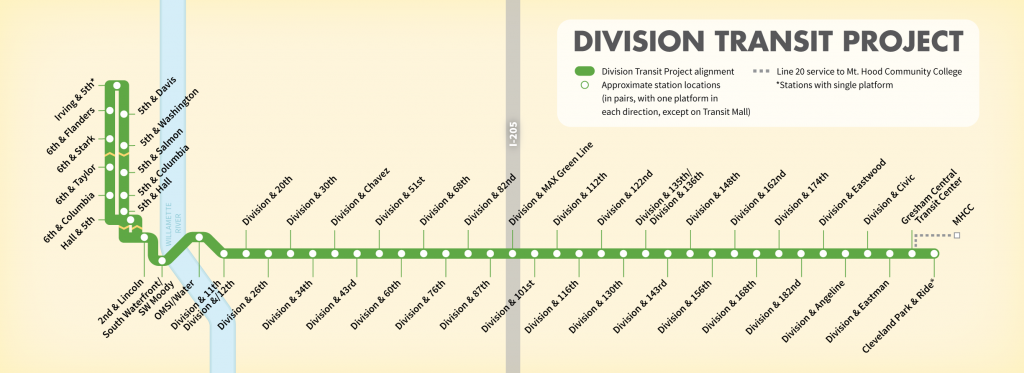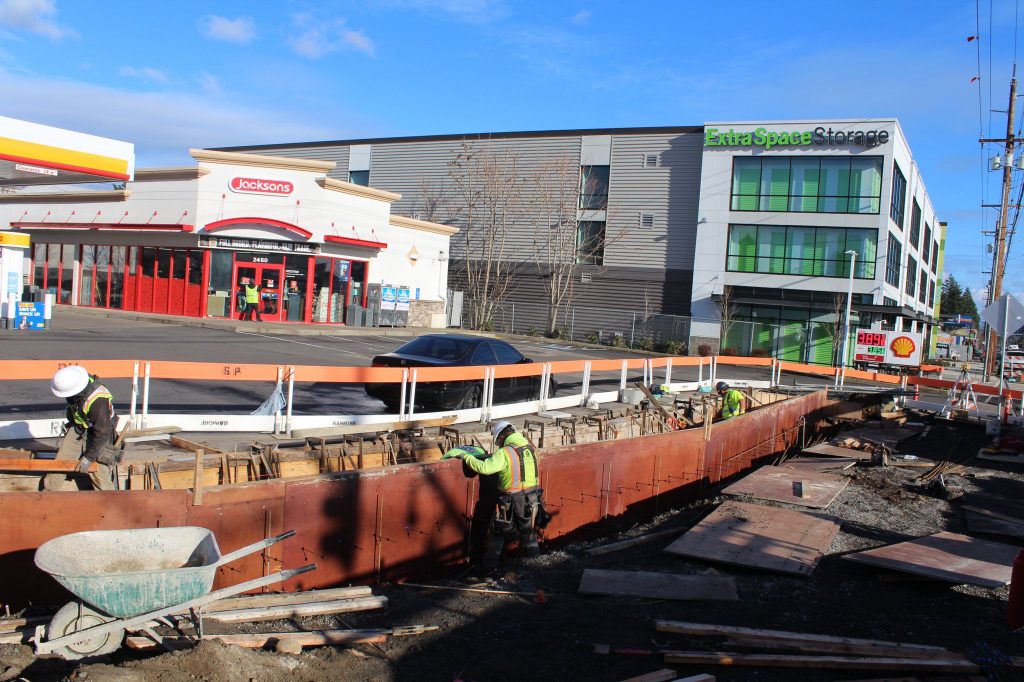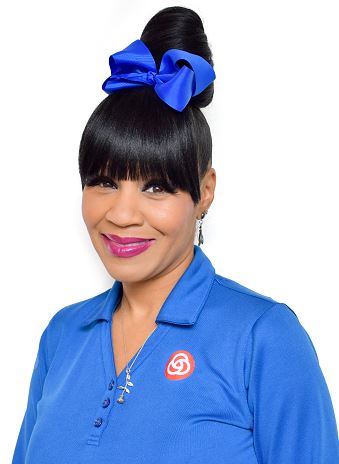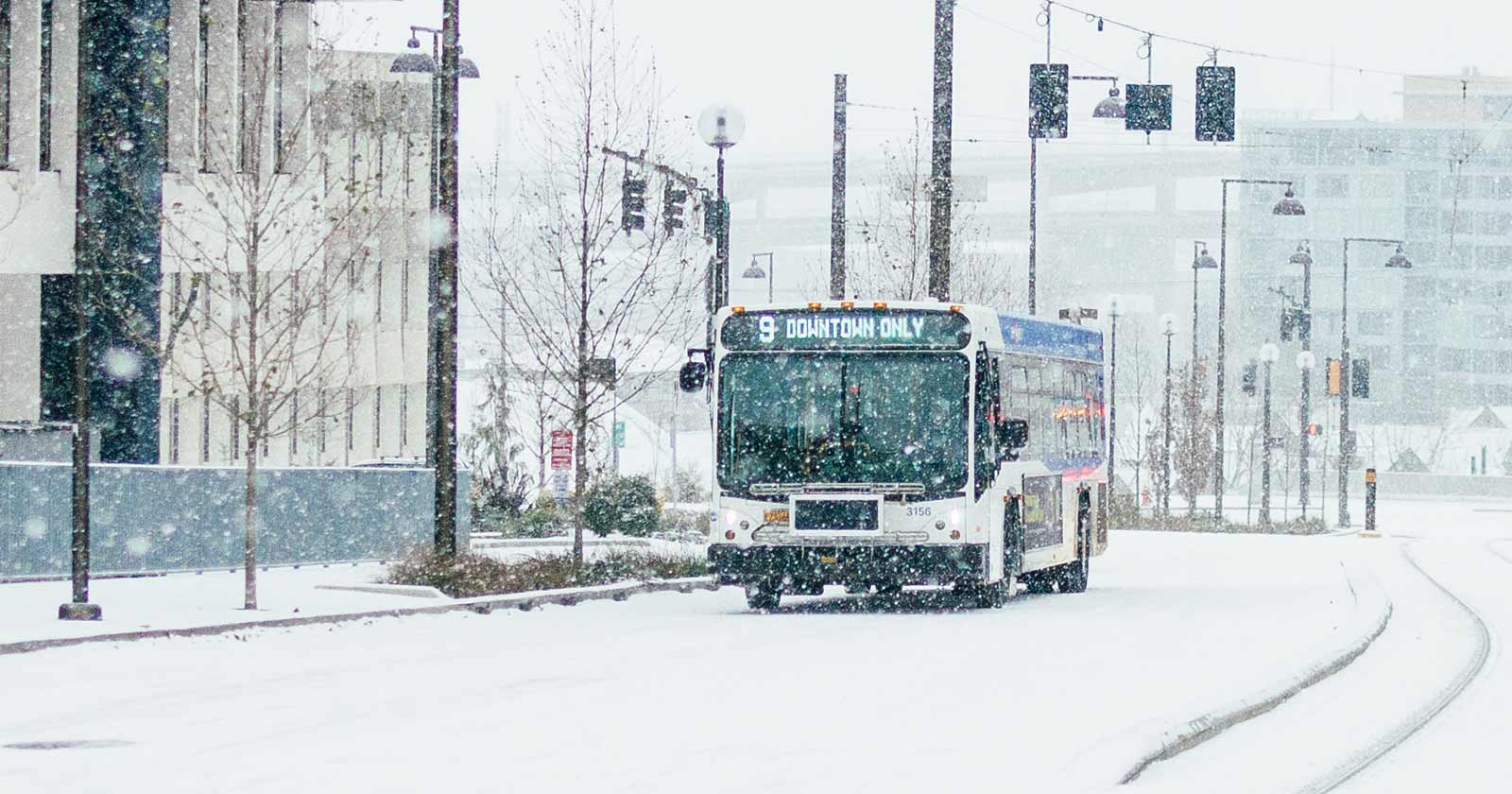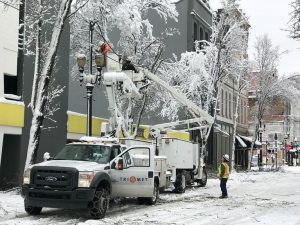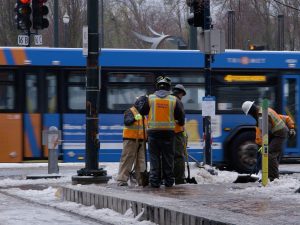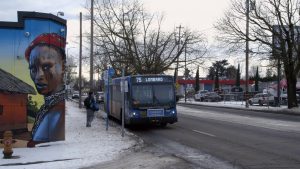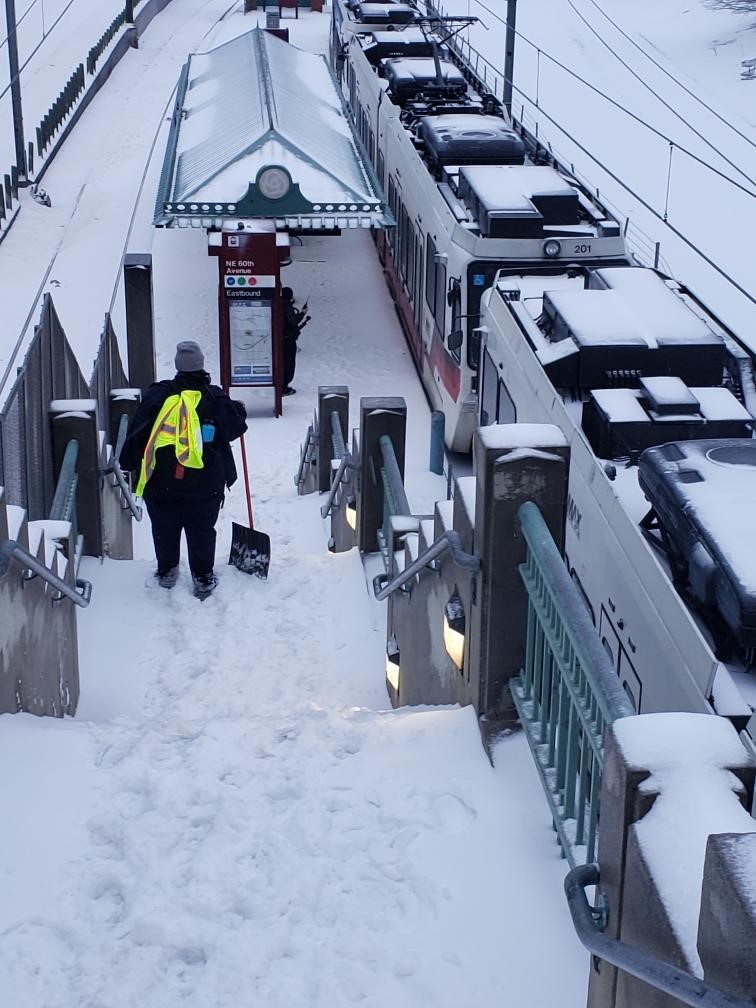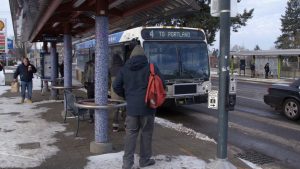With numerous adjustments occurring across the system on Sunday, Sept. 18, TriMet encourages all riders to plan ahead and visit trimet.org to prepare
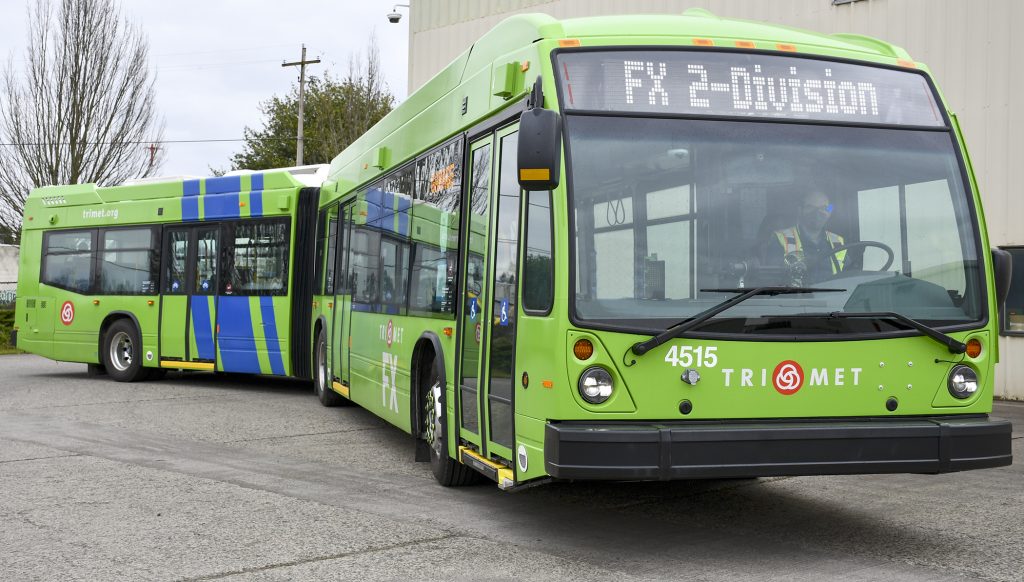
***UPDATE (June 2025): Hiring bonuses for new operators have now closed.***
Starting Sunday, Sept. 18, TriMet will launch of our first TriMet FX® — Frequent Express — bus line. Our fall service also brings minor service expansions and schedule improvements to 17 bus lines, plus updates to bus stops at Gresham Central Transit Center and the Portland Transit Mall. However, we’re also reducing service on 10 existing bus lines, including canceling service on two low-ridership lines, due to the current operator shortage. The 2% reduction in service levels is temporary to bring schedules in line with our current staffing while we bring on more operators. With more than 30 lines being adjusted for fall, we encourage all riders to visit trimet.org and plan a trip for Sept. 18 or later, to see how they could be affected by these updates.
Positive moves for fall 2022

FX2-Division: We’re launching our new TriMet FX® — Frequent Express — bus service, with FX2-Division starting on Sept. 18. FX2-Division will bring better, faster, higher-tier bus service to the 15-mile Division Street corridor, with buses arriving every 12 minutes and improved travel times between Gresham and Downtown Portland. New 60-foot, articulated bus can carry 60% more riders than a standard bus, and transit priority signals and lanes will move them around other traffic.
- Line 2-Division: TriMet will retire Line 2-Division and replace it with FX2-Division. FX2 follows much of the same route as Line 2; however, it extends farther to the east in Gresham, to the Cleveland Ave Park & Ride. On the west end of the route, FX2-Division will use the car-free Tilikum Crossing, Bridge of the People, instead of the Hawthorne Bridge, to provide new connections to OHSU and Portland State University.
- Gresham Central Transit Center: We are reorganizing stops to support the launch of FX2-Division service and make transfers easier for riders.
- Downtown Transit Mall: We are updating some bus stop locations for FX2-Division service, which will also improve connections for riders on other lines.
Line 10-Harold: We’re moving the route on Line 10-Harold from Southeast Ladd Avenue to Southeast 7th, to cover some stops that the retiring Line 2 had served. We are also adding weekend service.
Line 17-Holgate/Broadway: We’re increasing weekday service, so that buses run every 30 minutes between 6 a.m. and 8 p.m.
Line 20-Burnside/Stark: Buses are moving from Northeast Hood to Northeast Kelly, to improve transfers at Gresham Central Transit Center.
Line 24-Fremont: We’re extending the route to Collins Circle to improve transfers in Southwest Portland.
Bus schedule improvements
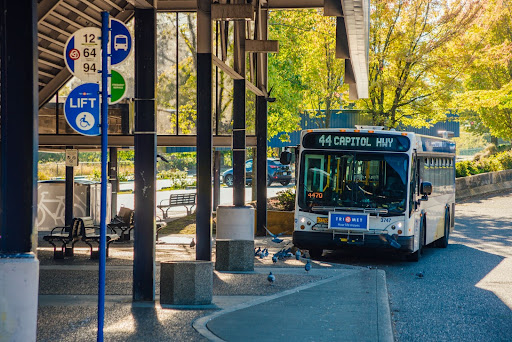
We are adjusting schedules on 13 bus lines to help keep buses on time and improve transfers. Affected lines include the 12, 16, 21, 44, 45, 71, 73, 74, 75, 76, 78 and 94. The schedule for Line 70 will also be temporarily adjusted due to the closure of the Northeast 33rd Avenue bridge over Lombard Street.
Temporary service-level reduction
As we announced in June, TriMet will implement a temporary 2% bus service level reduction on Sept. 18, to address our ongoing, historic operator shortage. Service will be adjusted on the following eight bus lines: 1, 8, 9, 18, 26, 72, 81 and 82. We are canceling service due to very low ridership on lines 50 and 92. TriMet also reduced service due to the operator shortage in January 2022.
Temporarily reducing service to match our staffing levels means that riders will experience far fewer canceled buses, as we continue to restore our workforce. We hope to begin adding back service hours in 2023. TriMet’s incentives of a $7,500 hiring bonus and increased starting pay of $25.24 continue to drive applications. Starting pay for operators will increase by 7.5% in December 2022 and 4% in December 2023, under an approved two-year contract extension between TriMet and the Amalgamated Transit Union (ATU) 757.
Forward Together
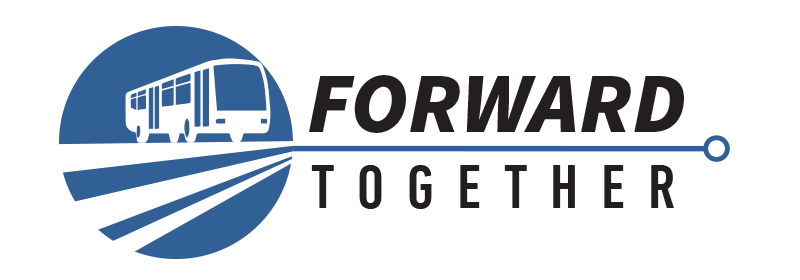
When TriMet starts adding back service, we want to make sure we are serving the needs of our community. With the COVID-19 pandemic changing the way people travel, TriMet has launched Forward Together, a comprehensive service analysis and community engagement effort to determine a better bus system. We’re taking a look at where buses are running now and where they should run. We’ll be sharing more about the effort in the weeks ahead and asking our community for help in shaping the future of our bus service.


